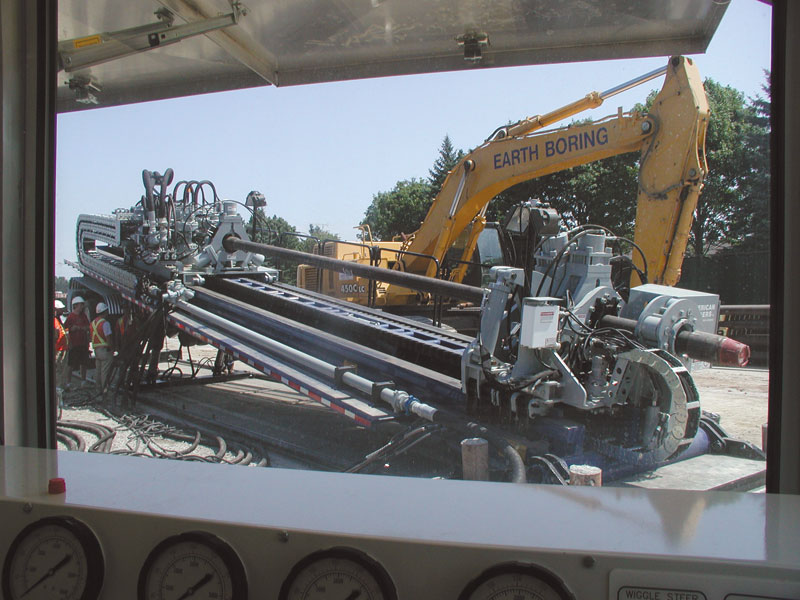The debate over the best form of excavation—open-cut versus trenchless technology—rages on. This debate is perplexing because an electrician is never asked which screwdriver they prefer. With excavations, open cut and trenchless are both tools. Similar in function, yet different in their utilization, their effectiveness is measured in direct relation to the task at hand and, depending on the complexity of the project, both may need to be employed.

Say you have a project where a contractor is installing new water and wastewater pipes that span a number of kilometres. The topography varies over the length of the project with areas of easy access and areas of complexity. At some points in the project, it is logical to utilize open-cut technology because access may be unencumbered and the use of this tool would be the most efficient and cost effective to the customer.
During the same project, the land suddenly encroaches upon a river that requires expert circumvention on the part of the contractor. In this portion of the project, trenchless technology is the better tool to use since it will leave the river undisturbed, allow the project to proceed without delay, and at this point, will be the most cost-effective alternative.
To add more confusion over the debate, there is also a third option. Depending on the width and depth of the river in the scenario described above, as well as the diameter size of the pipes to be installed, the contractor may decide that tunnelling this portion may be the preferable solution.
Ultimately, the contractor will always incorporate the most logical, time-sensitive, and cost-effective method within their arsenal. They will select the right tool for the job.
Know your options
Since joining the Ontario Sewer and Watermain Construction Association (OSWCA), I am frequently asked, “Which is the best method?” Those who are inquiring actually view the situation as a “this” versus “that” type scenario. As indicated by the previous example, all the forms of excavation performed by sewer and watermain contractors incorporate our tools of the trade.

The debate exists because there are customers who will always gravitate to what they know as a trusted method of excavation—regardless of the technique. Their rationale tends to always lean toward the notion of “because we’ve always done it that way.” This may be because they have not had the proper exposure to the alternatives, or perhaps they have not yet been informed of the technical differences that all the forms of excavation can provide. They may not even know they actually have alternatives to begin with.
The contractor must work within the specific confines of a project as prescribed by the customer. The customer is the key in the equation and the excavator is not allowed the luxury of deviation from the scope of work, unless they are part of the planning and development of that project.
It is important to provide information and education on all the methods contractors can employ to successfully complete a project. Depending on the excavator, there are those who have particular expertise in one, some, or all of the methods indicated. We endorse no one particular method over another since all may be required to successfully complete a project, which is always our priority. WC
Giovanni Cautillo is the executive director of the Ontario Sewer and Watermain Construction Association. This article appears in Water Canada’s July/August 2014 issue.









